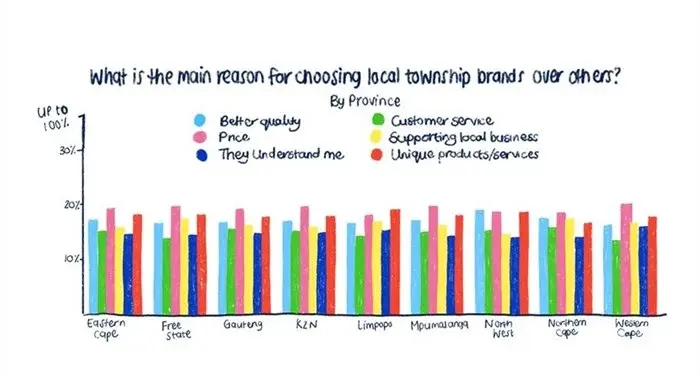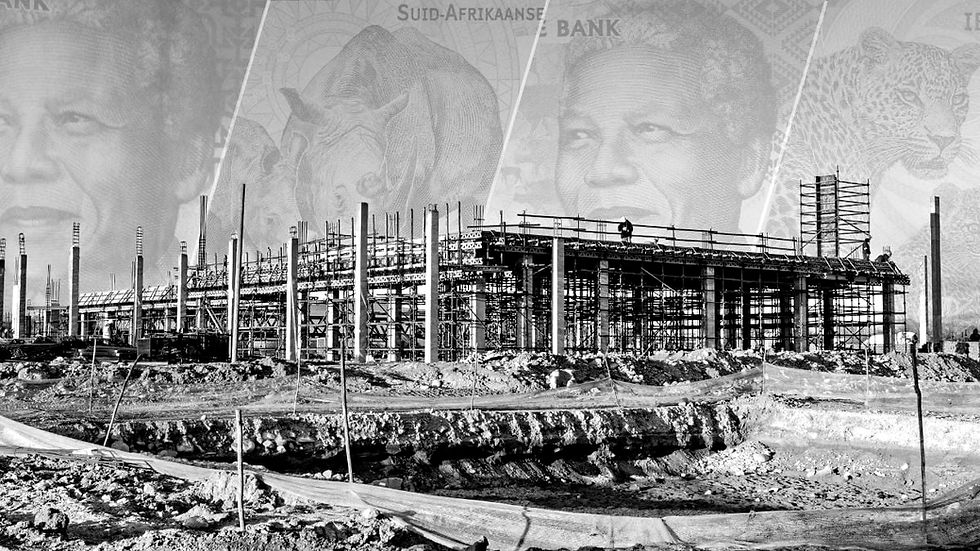Applying Property Development Principles to Township and Rural Projects in South Africa
- Cuma Dube

- Mar 2
- 3 min read
The property development process is a complex, multi-faceted endeavour that requires careful planning, market understanding, and stakeholder collaboration. A study by Costello and Preller on property development principles in Queensland, Australia, highlights key pre-construction processes such as location selection, market research, and feasibility analysis. While the study focuses on commercial property in Australia, its findings offer valuable insights for South Africa's township and rural retail developments. This blog explores how these principles can be adapted to the unique socio-economic context of South Africa's township and rural communities.

The study identifies three critical components of the property development process:
Location and Site Selection:
Successful developments rely heavily on choosing strategic locations that align with market demand and growth patterns.
Factors influencing site selection include proximity to competitive properties, regulatory frameworks, and local economic conditions.
Market Research:
Comprehensive market research is vital to understanding consumer needs, purchasing power, and demand for specific property types.
Developers must analyse both macroeconomic trends and hyper-local market dynamics to ensure project viability.
Feasibility Analysis:
Feasibility studies combine financial modelling with design considerations to assess the economic sustainability of a project.
These analyses guide developers in balancing costs, risks, and potential returns.
South Africa's township and rural markets present unique challenges and opportunities that require a localised approach to property development. Below is an analysis of how the study's findings can be applied within this context.
In South Africa, location selection must account for factors such as population density. High-density townships like Soweto or Khayelitsha offer significant foot traffic for retail developments. In addition, Proximity to public transport routes or taxi ranks is crucial for attracting consumers who rely on affordable mobility. Finally, Unlike urban areas, township projects must cater to essential goods and services rather than luxury offerings.
For example, the success of malls like Maponya Mall in Soweto demonstrates the importance of aligning location with community needs. Developers should also consider informal markets' dominance in these areas when planning retail spaces.
South Africa's townships have distinct economic characteristics:
Many residents operate within informal economies, making affordability a key consideration.
Hyper-localised consumer preferences mean that developers must engage directly with communities during the planning phase.
Market research should include surveys of local spending habits, competitor analysis (including spaza shops), and assessments of unmet demand for specific services or products. Digital tools like mobile surveys can enhance data collection in these areas.

Feasibility studies in South African townships must go beyond financial metrics to include social impact assessments:
Projects should aim to create jobs during both construction and operational phases.
Developers can partner with local businesses to foster economic inclusivity while reducing costs associated with supply chains.
For instance, incorporating solar energy into designs can address unreliable electricity supply while reducing operational expenses—a strategy increasingly adopted by rural retail centres.
While the principles outlined in the study are broadly applicable, several challenges arise when adapting them to South African contexts:
Regulatory Complexity: Navigating municipal zoning laws and land tenure systems in townships can be time-consuming.
Infrastructure Deficits: Poor road networks, unreliable utilities, and limited internet access hinder large-scale developments.
Economic Inequality: High unemployment rates constrain consumer spending power.
The findings from Costello and Preller's study underscore the importance of structured pre-construction processes such as location selection, market research, and feasibility analysis. When adapted to South Africa's township and rural contexts, these principles can unlock significant value by addressing local needs while fostering economic inclusion.
Developers who embrace hyper-localisation, sustainability, and community engagement will be well-positioned to succeed in this dynamic market segment. As township economies continue to grow in 2025 and beyond, they represent not just a challenge but a transformative opportunity for South Africa’s property development sector.



